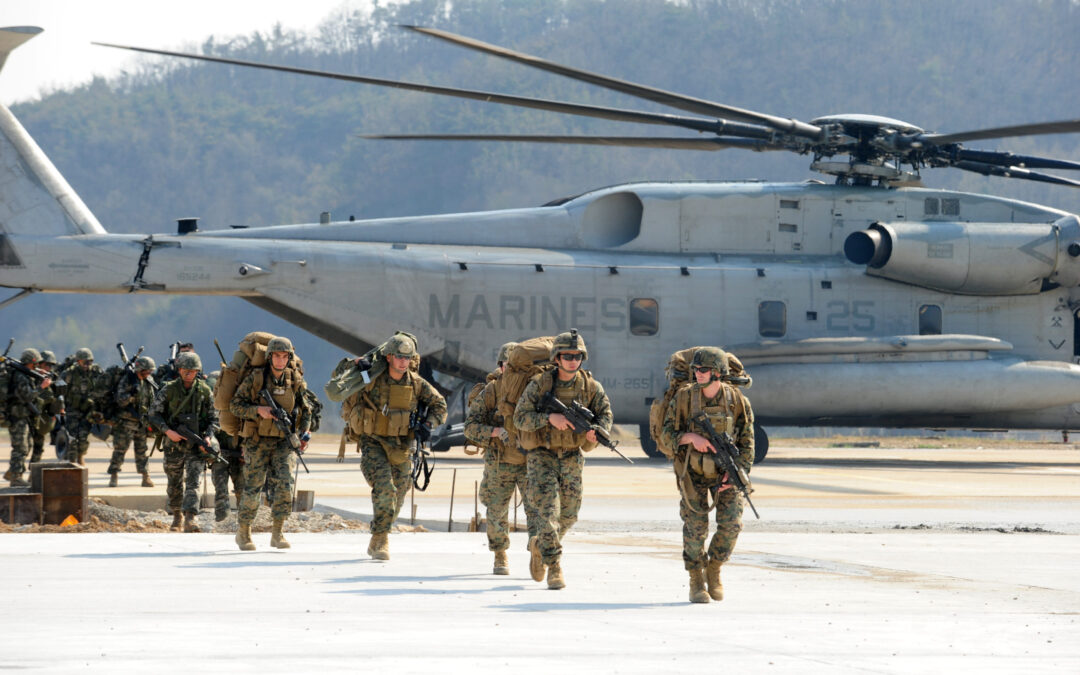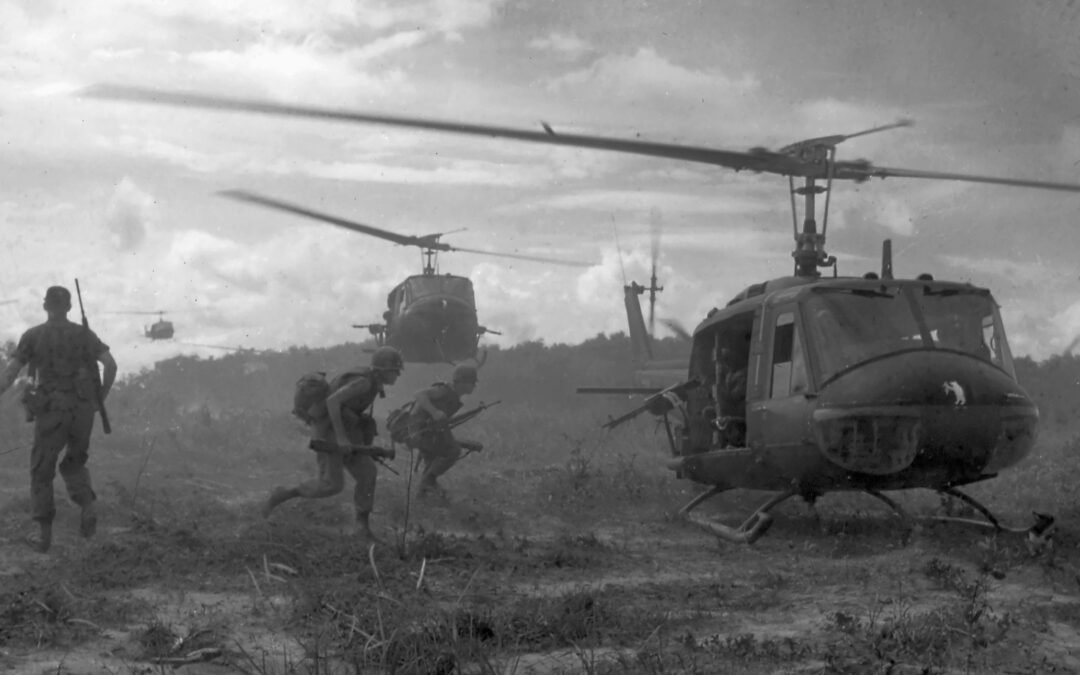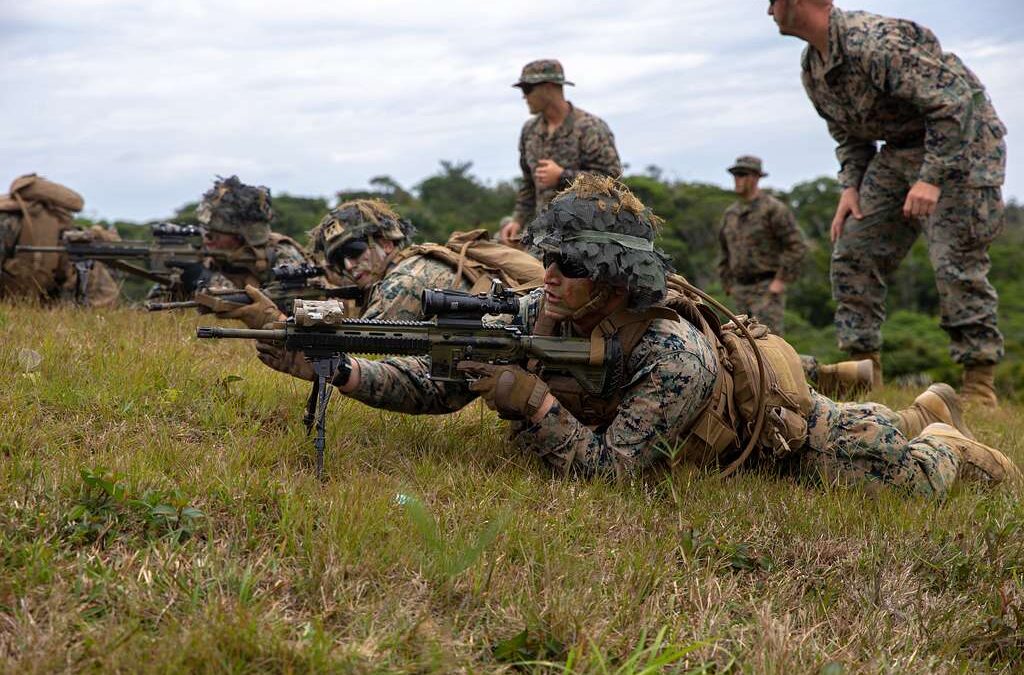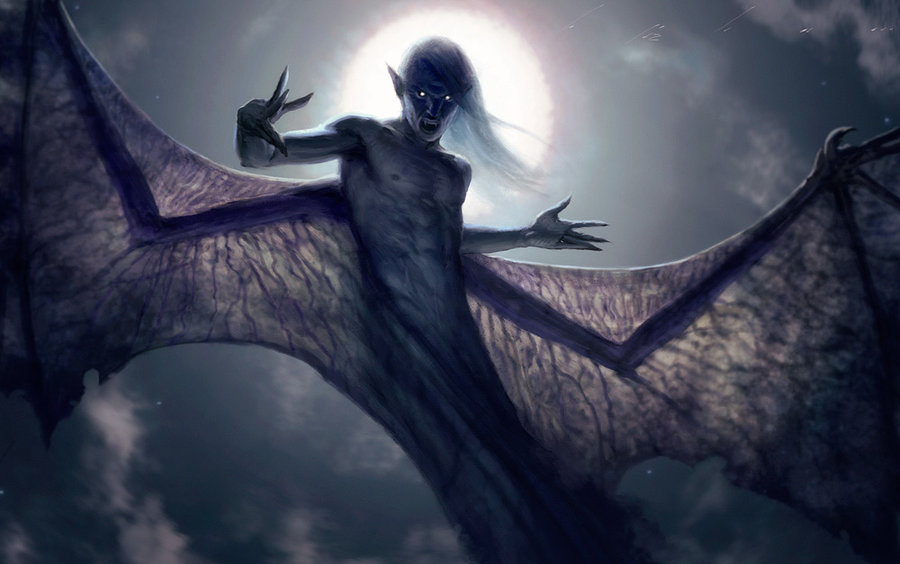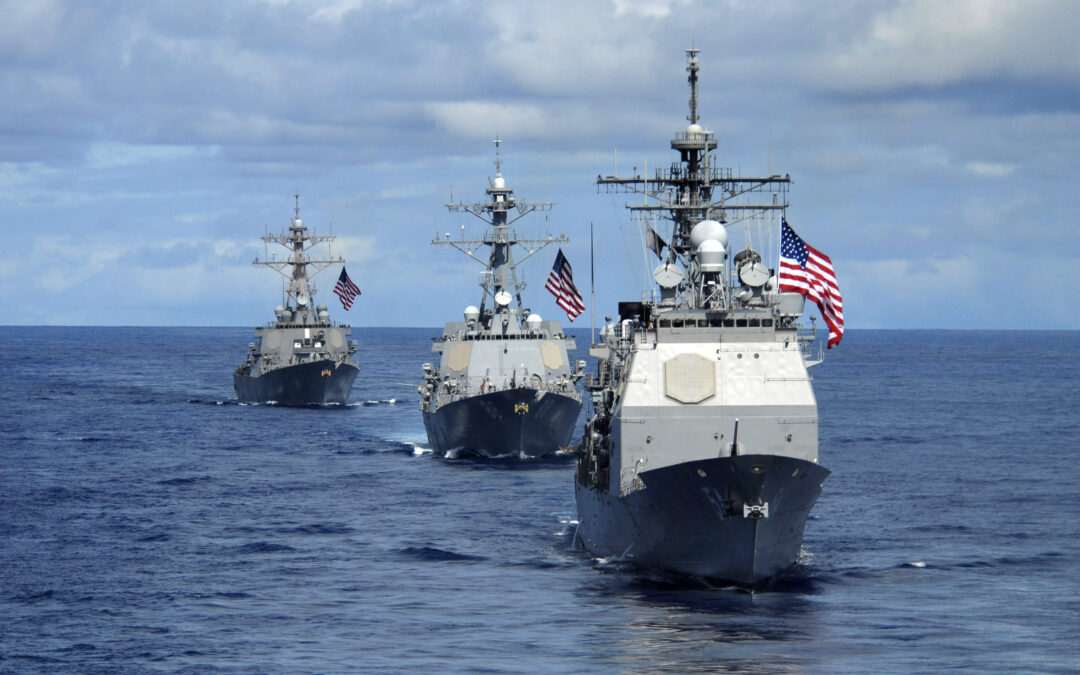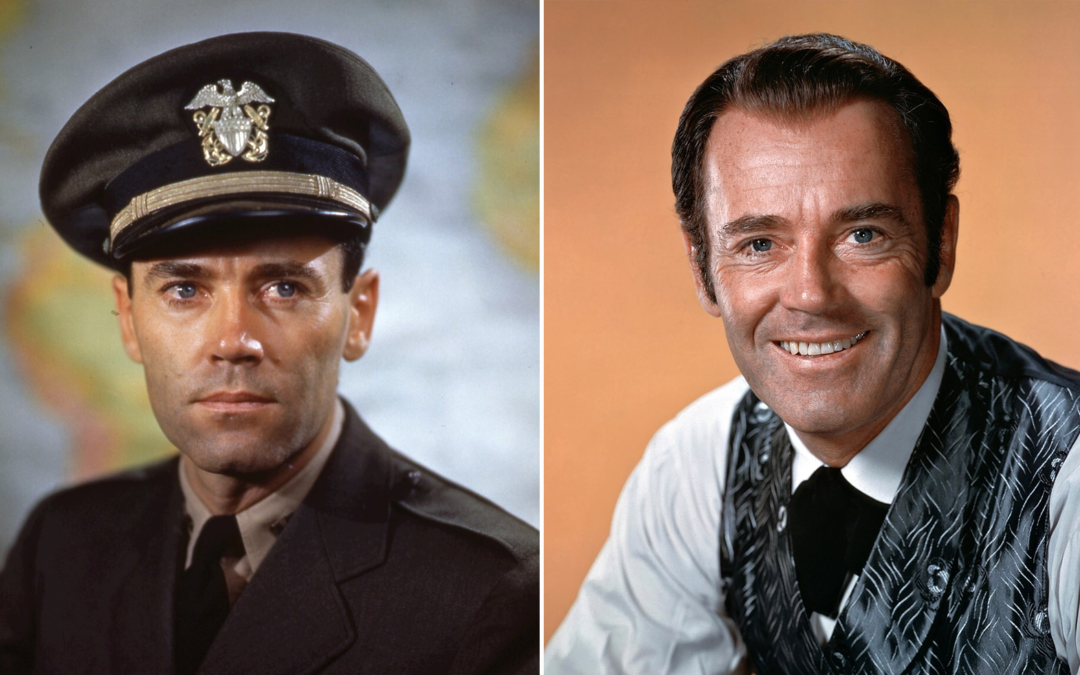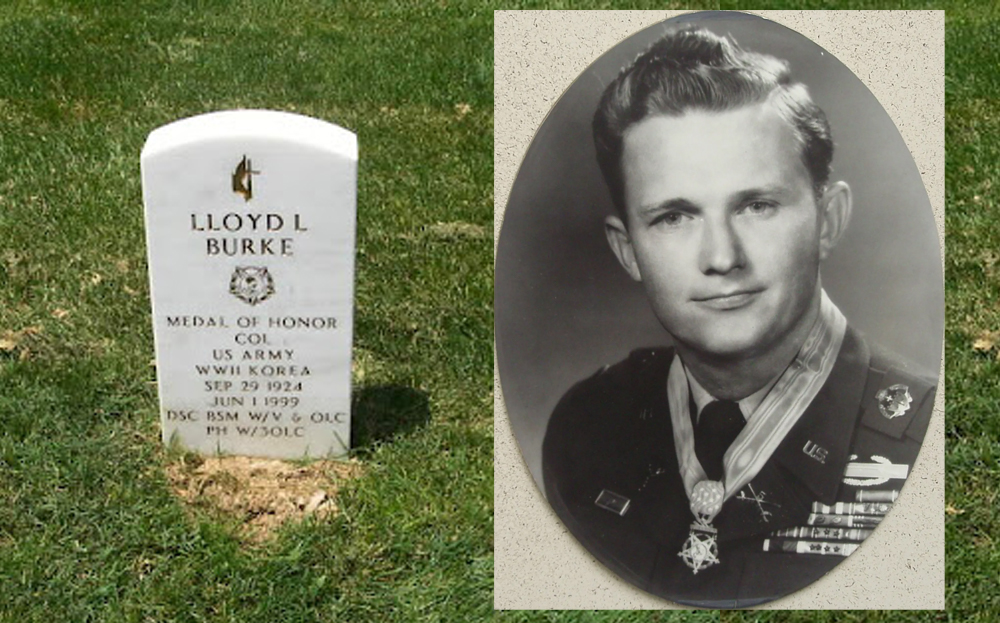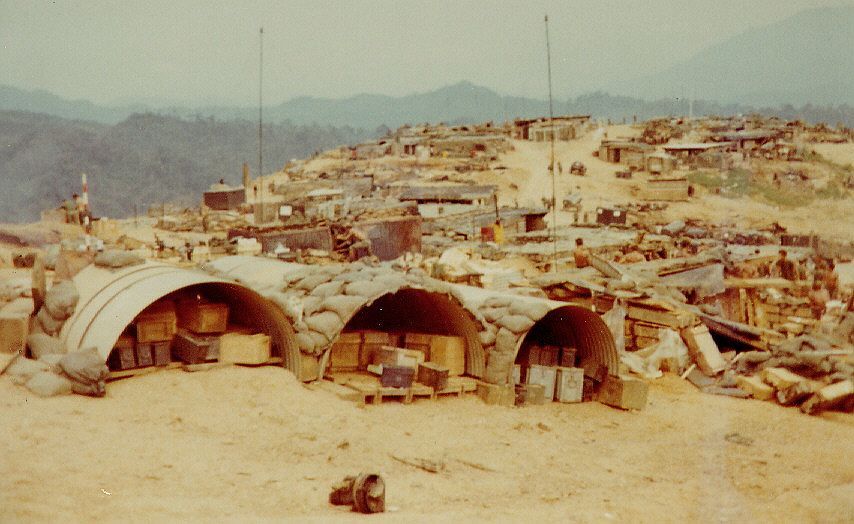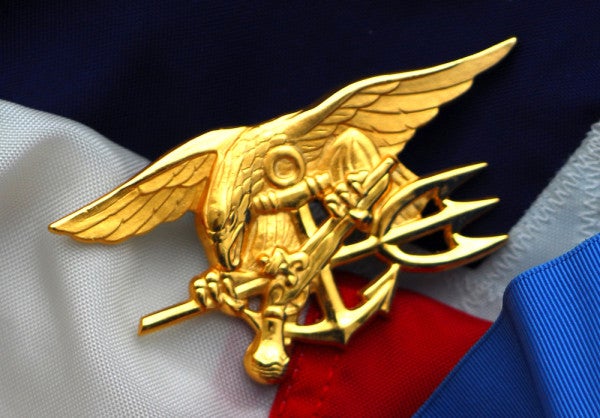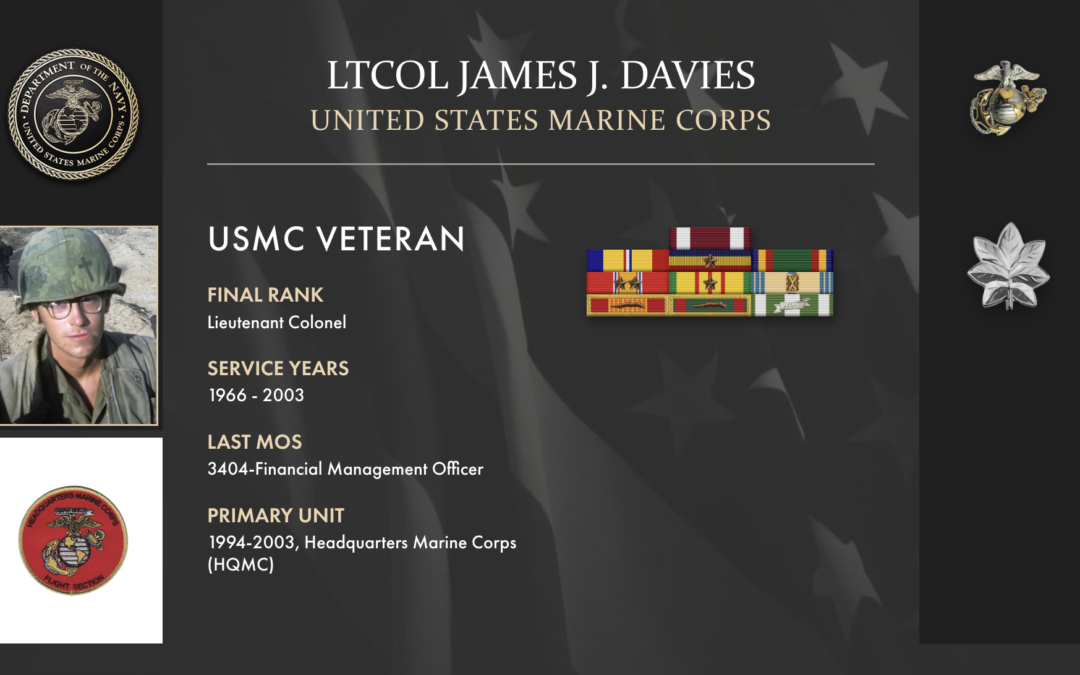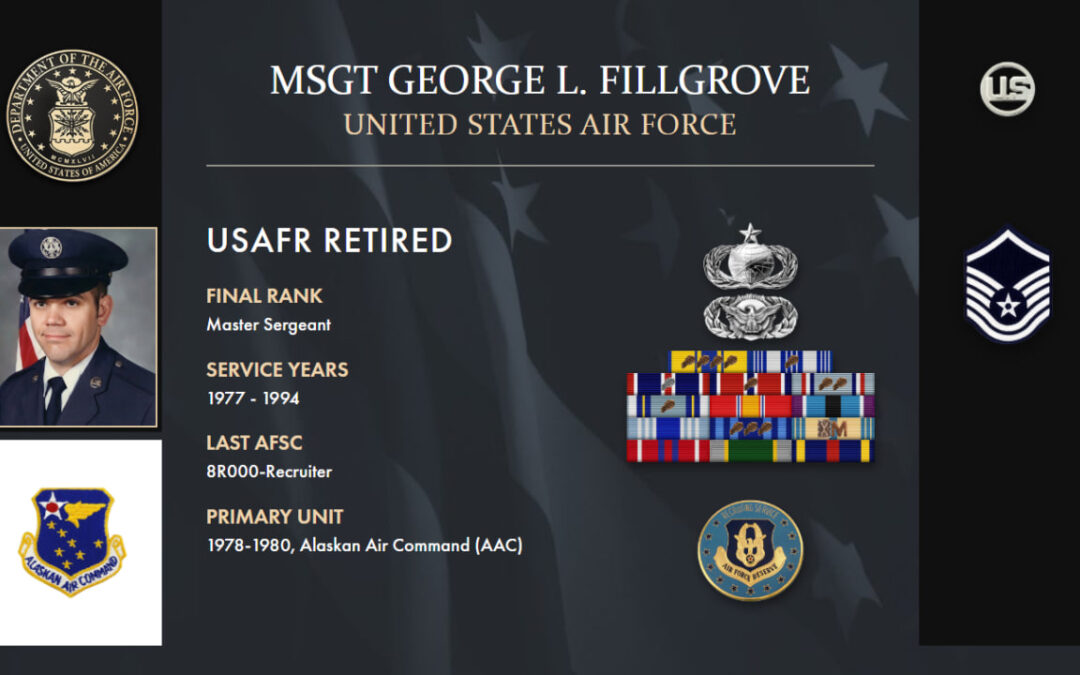Happy 250th birthday, United States Marine Corps! From the earliest days of the Continental Marines to present-day missions, the Marine Corps continues to stand as a symbol of courage and resilience. Celebrations this year span the globe, highlighting the Corps’ storied past and ongoing commitment to readiness. The Birth of the U.S. Marine Corps On November 10, 1775, the United States Marine Corps was established by the Second Continental Congress, which authorized “two Battalions of Marines”...
